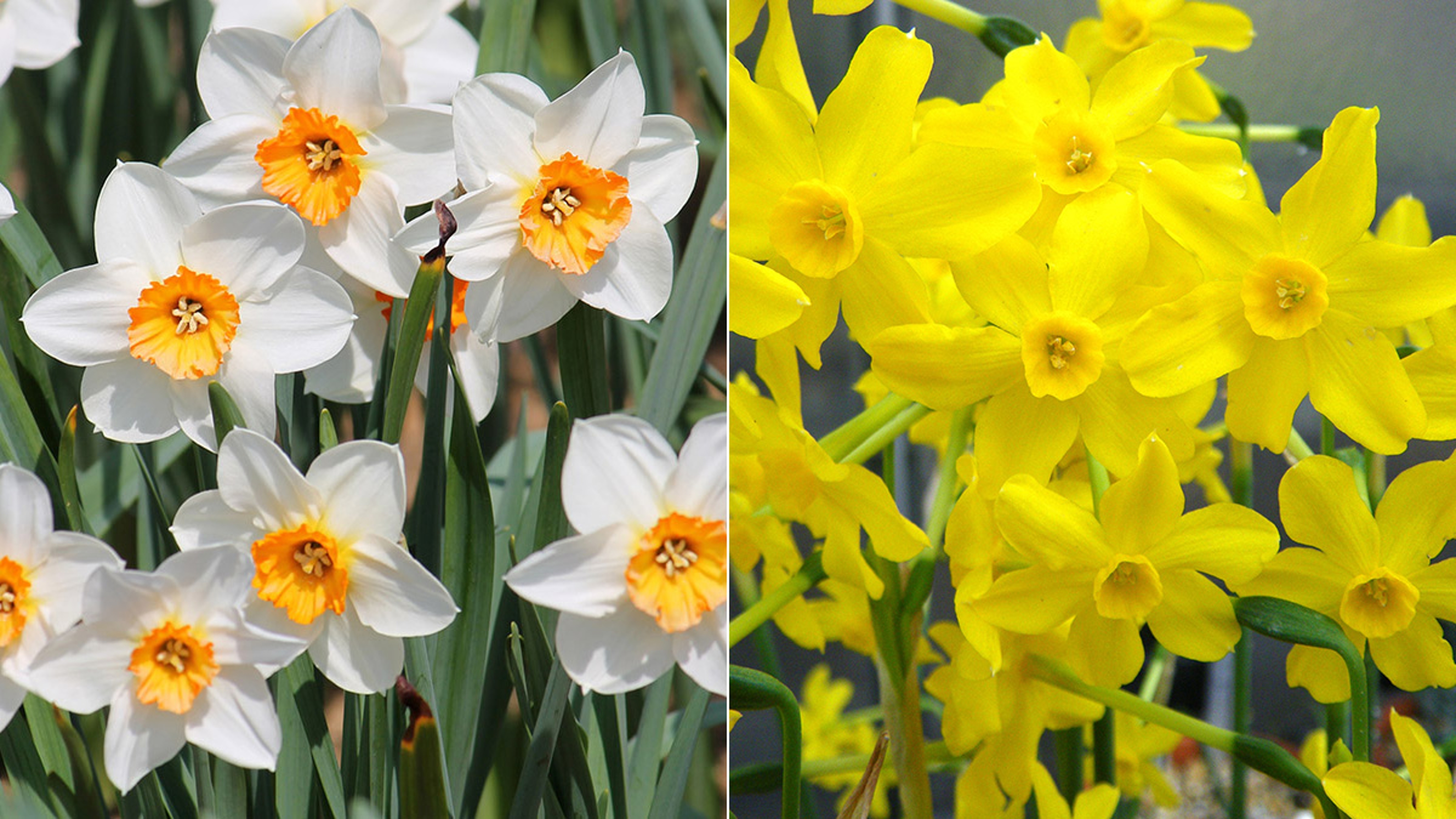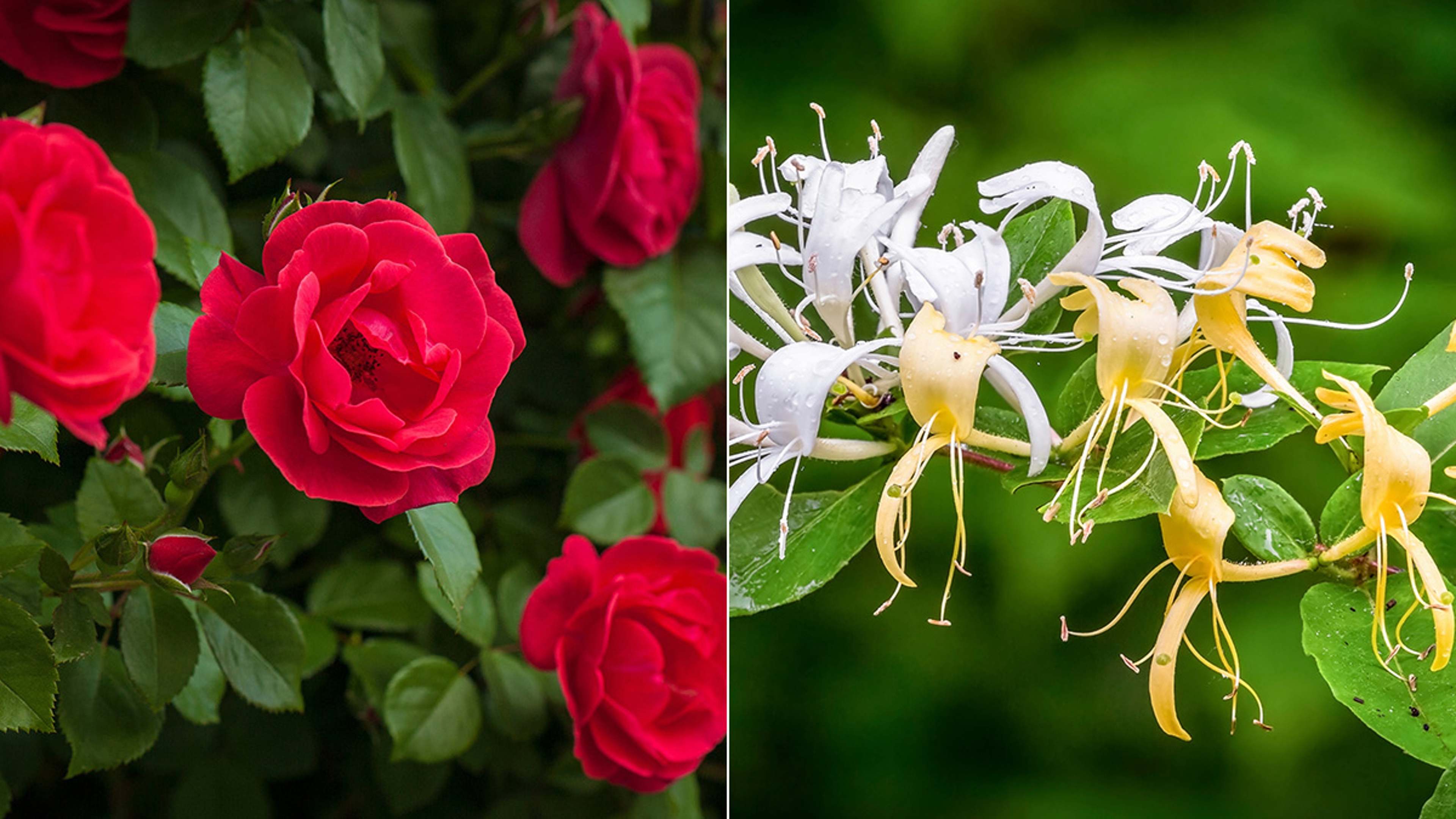April Birth Flowers: All About the Daisy and Sweet Pea
Get in the spring swing with these blooms that charm and enchant.
Mar 12, 2024
As the vibrant hues of spring begin to color the landscape, April brings forth a delightful duo of birth flowers. These charming blossoms not only add beauty to gardens and bouquets, but also carry rich histories and symbolic meanings.
April's birth flowers, with their beauty, fragrance, and significance, embody the essence of spring, serving as timeless reminders of the hopefulness that surrounds us this time of year. So, let us revel in the splendor of these enchanting flowers that herald the season of renewal and growth.
What are the April birth flowers?
The April birth flowers are the daisy and sweet pea.

Daisies (Bellis perennis) are cheerful and iconic flowers characterized by their white petals surrounding a sunny yellow center. They belong to the Asteraceae family and are native to Europe and parts of North Africa. Known for their resilience, daisies are often found thriving in meadows, lawns, and even cracks in sidewalks.
Sweet peas (Lathyrus odoratus) are delicate, fragrant flowers cherished for their vibrant colors and enchanting scent. Native to Cyprus, Sicily, and southern Italy, sweet peas are climbing plants that produce clusters of blossoms in various shades of pink, purple, blue, and white.
What is the history of daisies?
The daisy has been around since at least 2,200 BC, when the ancient Egyptians grew them in their gardens and used them as herbal medicine. In ancient times, they were associated with Freya, the Norse goddess of love, beauty, and fertility, and in Greek mythology, the goddess Aphrodite was often depicted adorned with daisies.
During the Middle Ages, daisies became associated with the Virgin Mary. In Christian art, daisies appeared in depictions of the Madonna and Child.
The Renaissance period found daisies frequently featured in artwork, poetry, and literature. Today, daisies are cherished for their cheerful appearance and resilience, and are commonly used in gardens, floral arrangements, and landscaping projects.
What is the meaning of daisies?
The daisy, with its simple, white petals and fresh, crisp appearance, has become synonymous with innocence and purity, making it a popular choice for bridal bouquets and baby showers.

With their appearance in early spring, daisies are also seen as symbols of new beginnings and fresh starts. These flowers can represent the start of a new chapter in life, whether it be a new relationship, new job, or new phase of personal growth.
In some contexts, daisies are also associated with true love and loyalty, a symbolism that stems from the flower's enduring nature and its ability to thrive in a variety of conditions. Daisies can represent the steadfastness and faithfulness found in deep, lasting relationships.
How do you care for daisies?
Daisies are not hard to care for. Here are some essential care tips for these low-maintenance flowers.
- Sunlight: Daisies thrive in full sun, so plant them in a location that receives at least 6 to 8 hours of direct sunlight a day.
- Soil: Daisies prefer well-draining soil that is rich in organic matter and has a slightly acidic to neutral pH (between 6.0 and 7.0).
- Watering: Water daisies regularly to keep the soil evenly moist but not waterlogged. Allow the top inch of soil to dry out between waterings. During hot, dry periods, daisies may require more frequent watering.
- Fertilization: Though daisies generally don't require heavy fertilization, they can benefit from a balanced, all-purpose fertilizer applied in spring as new growth begins.
- Winter care: In colder climates, protect daisy plants from frost damage by applying a layer of mulch around the base of the plants in late fall. In regions with harsh winters, consider overwintering potted daisies indoors or covering outdoor plants with frost cloth during freezing temperatures.
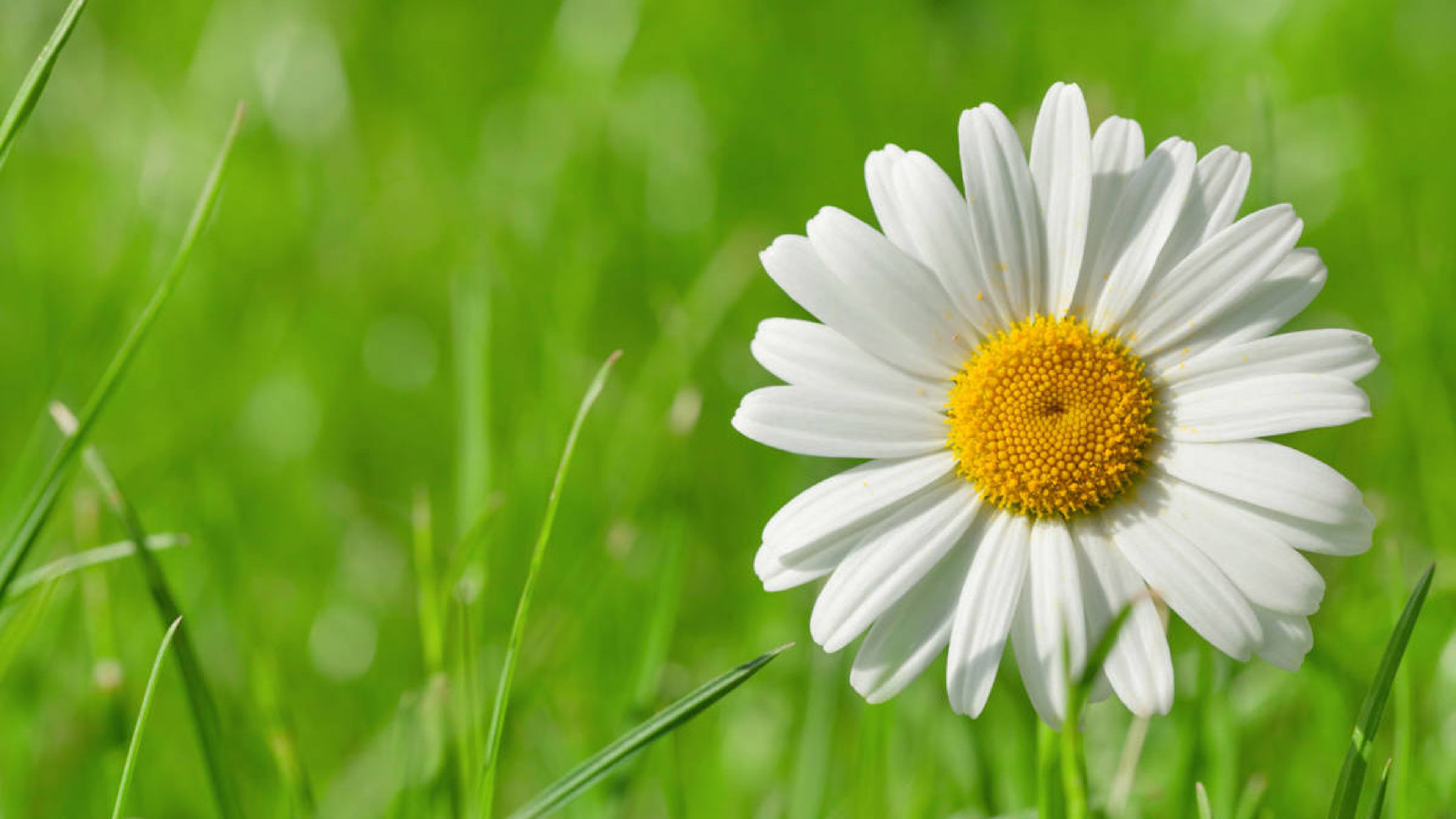
3 interesting facts about daisies
- Daisies are not a single flower but actually a composite of several tiny flowers called florets.
- The word "daisy" is derived from the Old English term "day's eye." This refers to the flower's habit of closing its petals at night and reopening them in the morning.
- Many species of daisies are eatable. Daisies add a subtle, slightly tangy flavor to salads, soups, and desserts, and can also be brewed into herbal teas.
April birth flower gift ideas
What is the history of sweet peas?
Sweet peas were initially discovered by a Sicilian monk named Franciscus Cupani in the late 17th century. In 1699, Cupani sent seeds of the wild sweet pea to England, where they gained attention for their delicate beauty and sweet fragrance.
In the 19th century, English nurserymen began selectively breeding sweet peas for larger flowers, more vibrant colors, and stronger fragrance. During this era, sweet peas experienced a surge in popularity; their exquisite blooms and enchanting scent made them coveted by both gardeners and florists.
Today, sweet peas are grown as annuals in many regions, though they can behave as short-lived perennials in milder climates. They are commonly used in gardens, borders, containers, and cut flower arrangements.
What is the meaning of sweet peas?
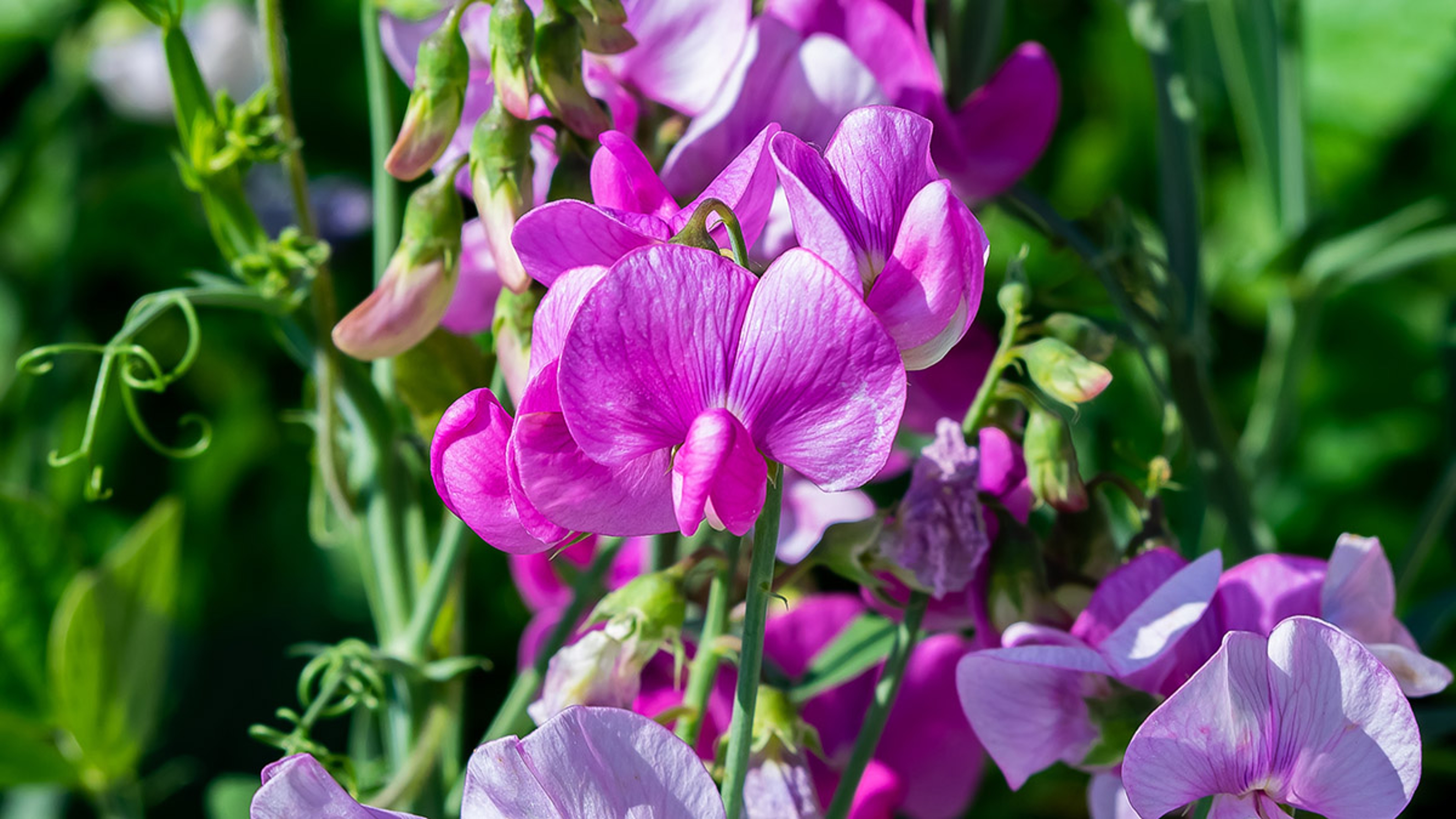
Sweet peas are seen as symbols of gratitude and appreciation. They convey heartfelt thanks and acknowledgment for acts of kindness, support, or friendship. Giving sweet peas as a gift shows how much you appreciate someone's presence or assistance.
These flowers are also associated with delicate pleasures and simple joys. Their fragrant blooms and charming appearance evoke feelings of happiness, contentment, and beauty in everyday life.
With their delicate blooms and fleeting beauty, sweet peas represent the ideas of farewell and departure. They may be given as a parting gift to express bittersweet emotions and wishes for a safe journey or new beginnings.
How do you care for sweet peas?
- Sunlight: Depending on where they grow, sweet peas like full sun to partial shade. In cooler temperatures, they can be planted in full sun; in warmer climates, plant them where they'll receive morning sun and some afternoon shade.
- Soil: Sweet peas thrive in well-draining, fertile soil with a pH between 6.0 and 7.0.
- Planting time: Plant sweet pea seeds or seedlings in early spring, as soon as the soil can be worked. In cooler climates, you can plant them in late fall for early spring blooms.
- Spacing: Plant sweet pea seeds or seedlings about 6 inches apart in rows or clusters. Sweet peas are vigorous climbers, reaching heights of 6 to 8 feet, so it's important to provide support (trellises, fences, bamboo stakes, etc.) for the vines to climb.
- Watering: Keep the soil consistently moist but not waterlogged, especially during dry periods or when the plants are flowering.
- Fertilization: Sweet peas benefit from a balanced fertilizer applied at planting time and again during the growing season.
- Harvesting: Cut sweet pea flowers for bouquets frequently to encourage continuous blooming. Harvest flowers early in the morning when they are fully hydrated, and choose stems with buds that have just started to open.
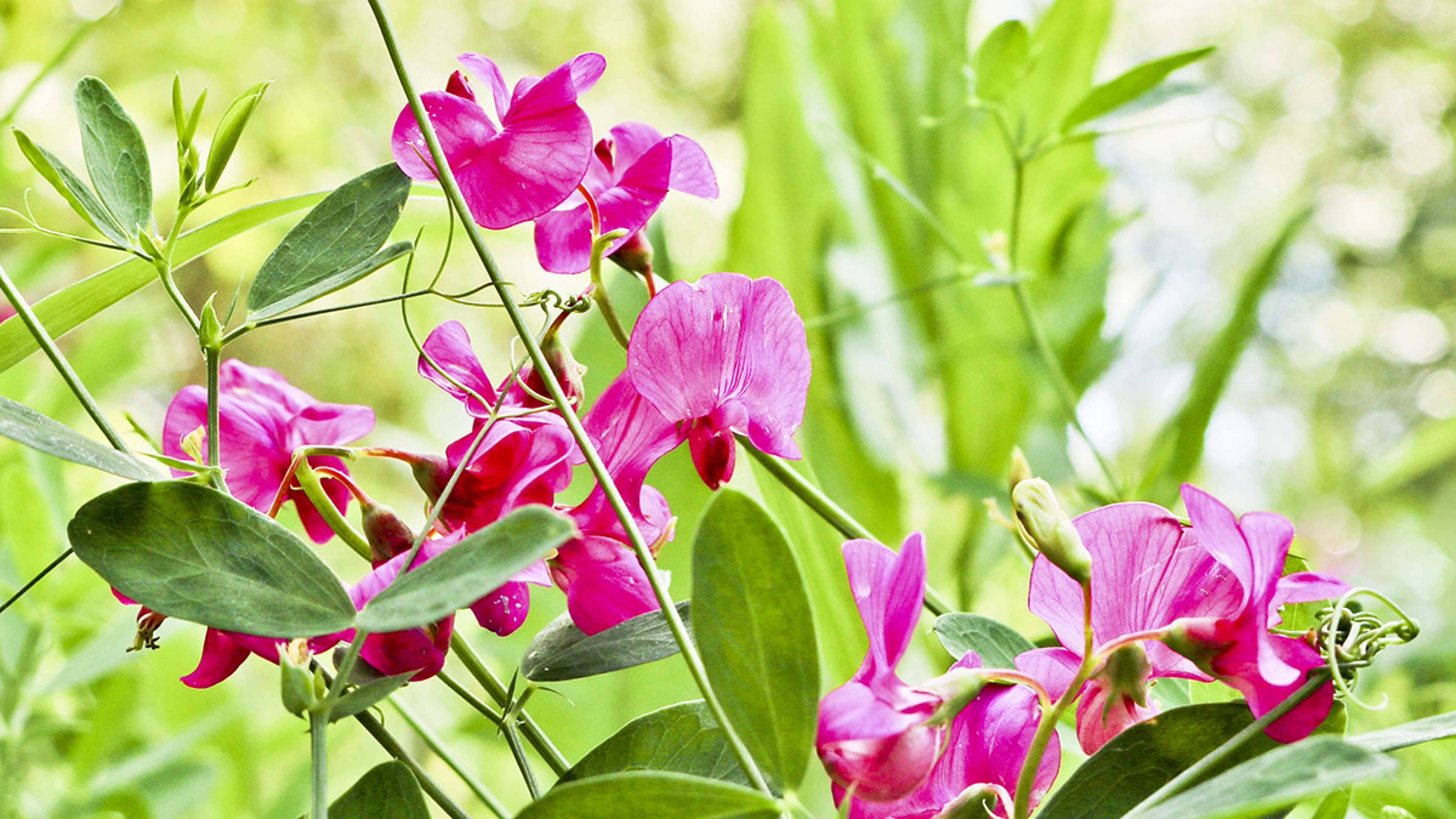
3 interesting facts about sweet peas
- Sweet peas, along with peas and beans, belong to the legume family. Unlike peas, however, sweet peas do not produce edible pods.
- Sweet peas are known for their ability to fix nitrogen in the soil, enriching it for other plants.
- Modern sweet pea cultivars come in almost every color — but not yellow.








